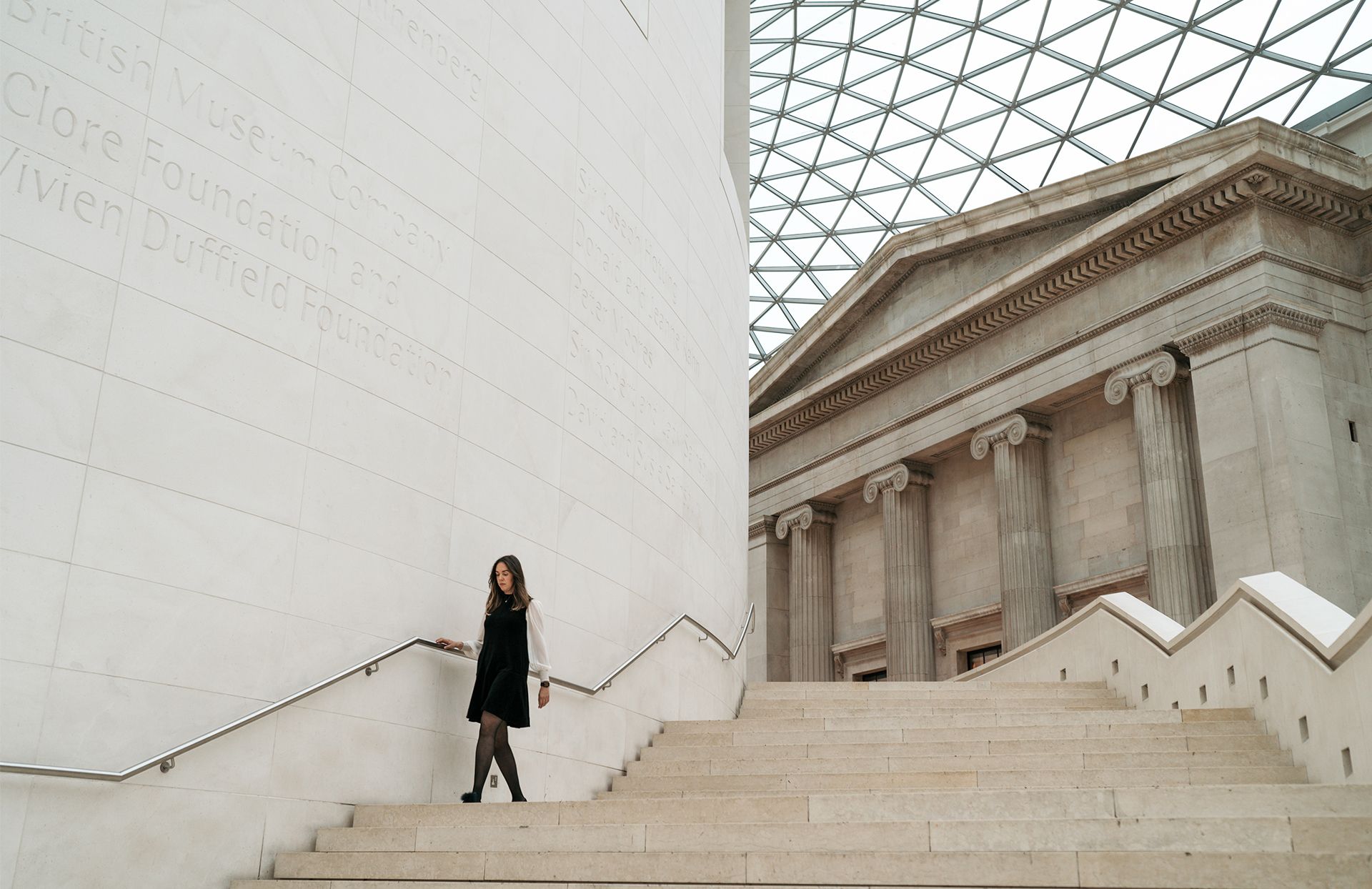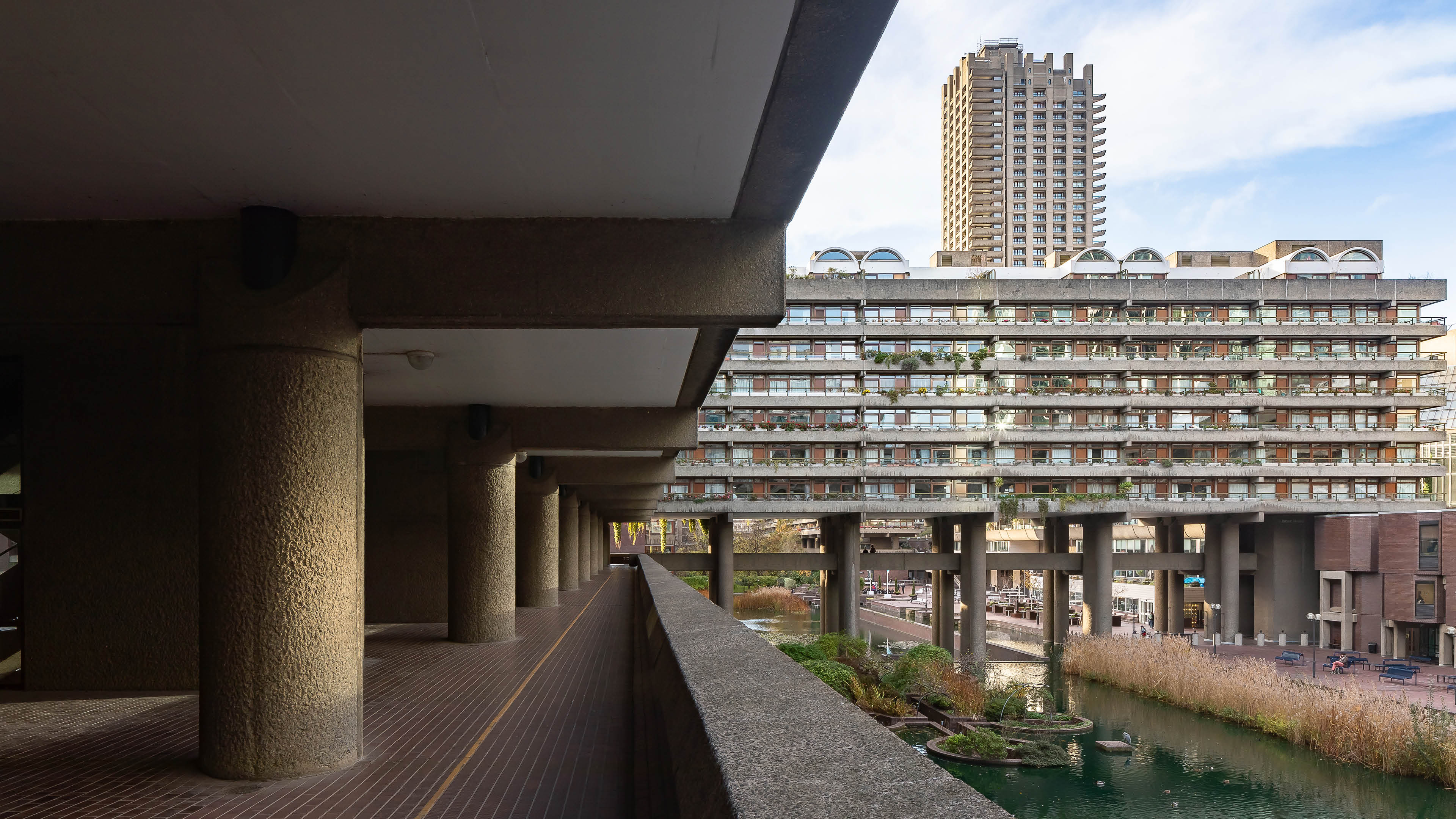
Photography by Lorna Milburn
Katharine Cary MRICS gets goosebumps recalling her last day as project manager of the now award-winning COVID-19 memorial at St Paul’s Cathedral in London.
It was 2022 and as she was finishing, she caught the eye of a mother and daughter who had been peering in. The memorial hadn’t opened yet, but something about them touched her and she let them in.
It was only then that they told her their story: the devastating loss of a father and a husband to COVID-19 and his painful online funeral. “She told me that for them this was the funeral, visiting this memorial was part of her goodbye. So, I stood inside this structure with two people I’d never met before crying, and I was crying too.”
Cary says this was a poignant moment that she’ll never forget, and a reminder of the rewards of working in construction. “To be able to be part of that as a process and a journey, I mean, what better career is there really?”
Fast forward two years and projects like the Remember Me memorial have given Cary an impressive set of calling cards in the world of heritage surveying. So much so, she’s now 10 months into a new role as head of capital development at the British Museum in London, a 271-year-old cultural institution housing the world’s largest collection of historical objects.
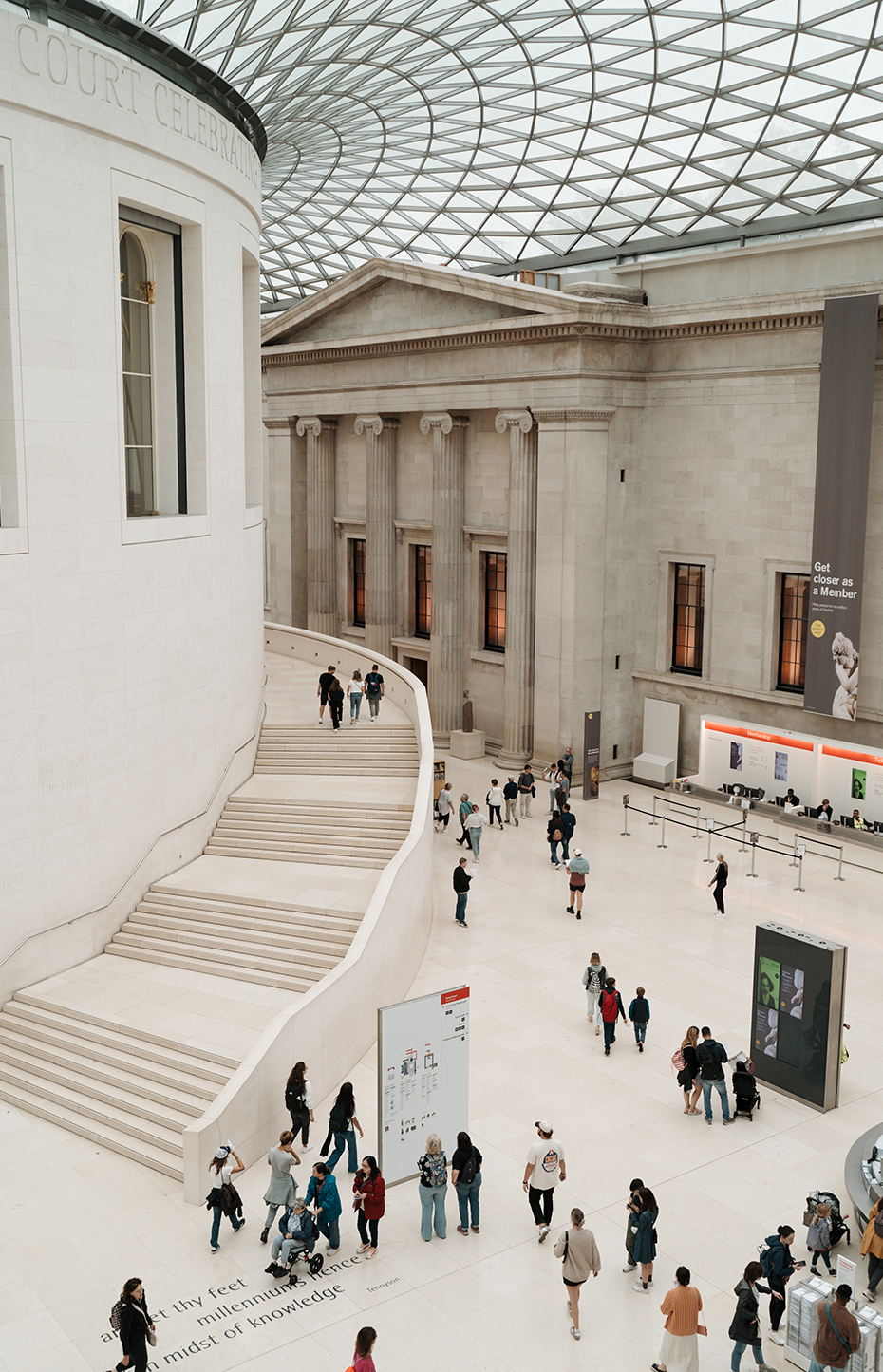
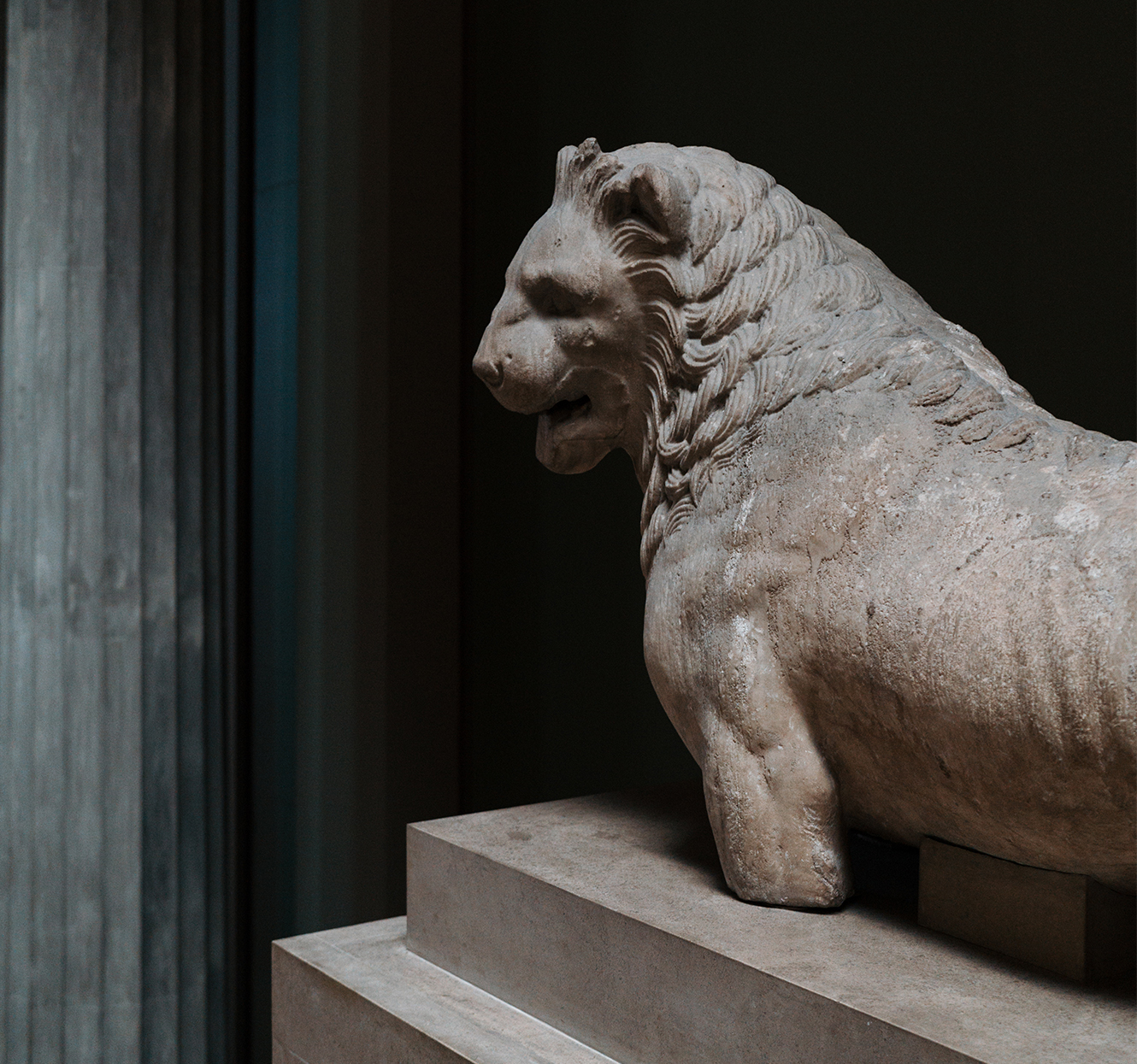
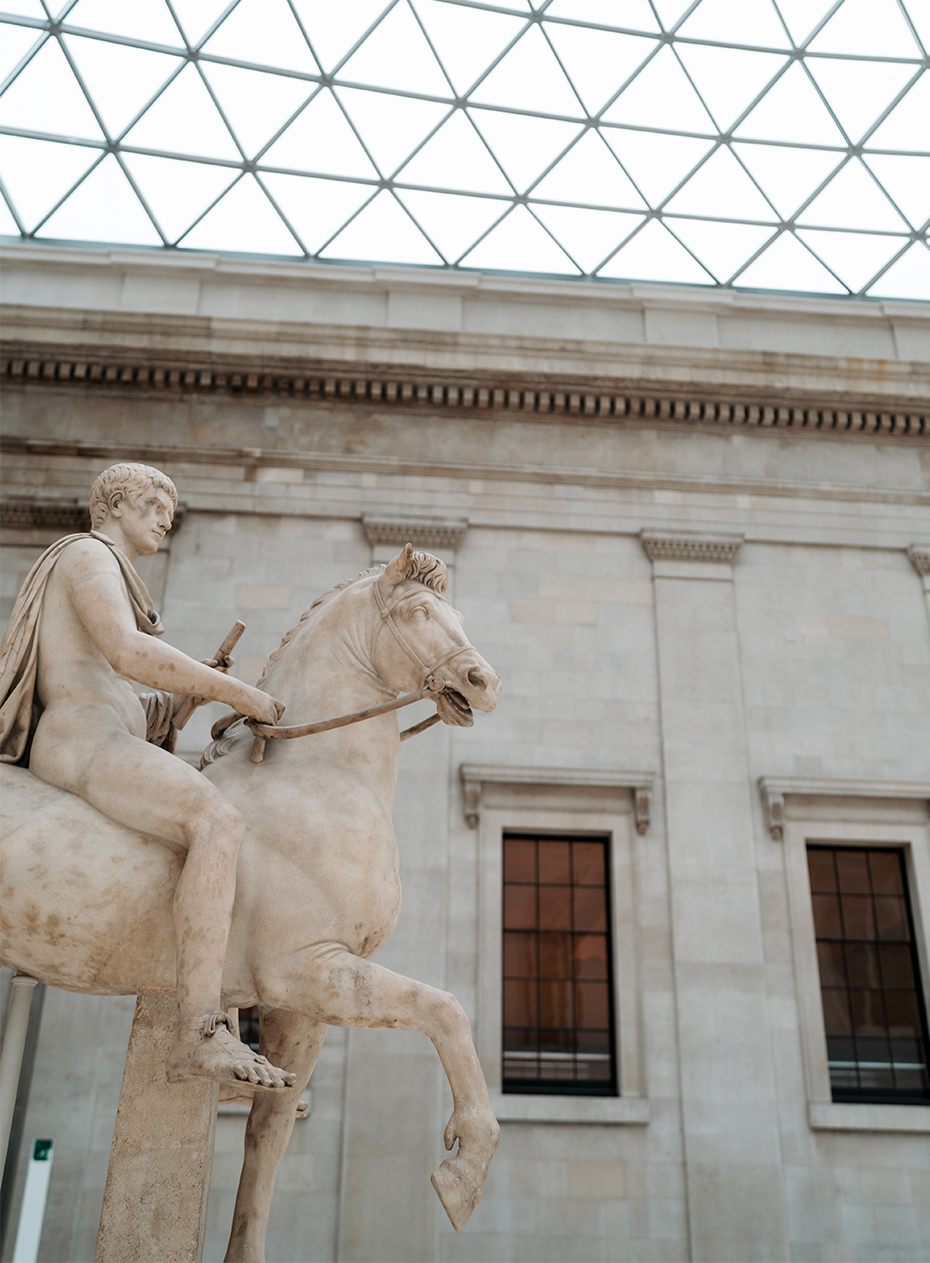
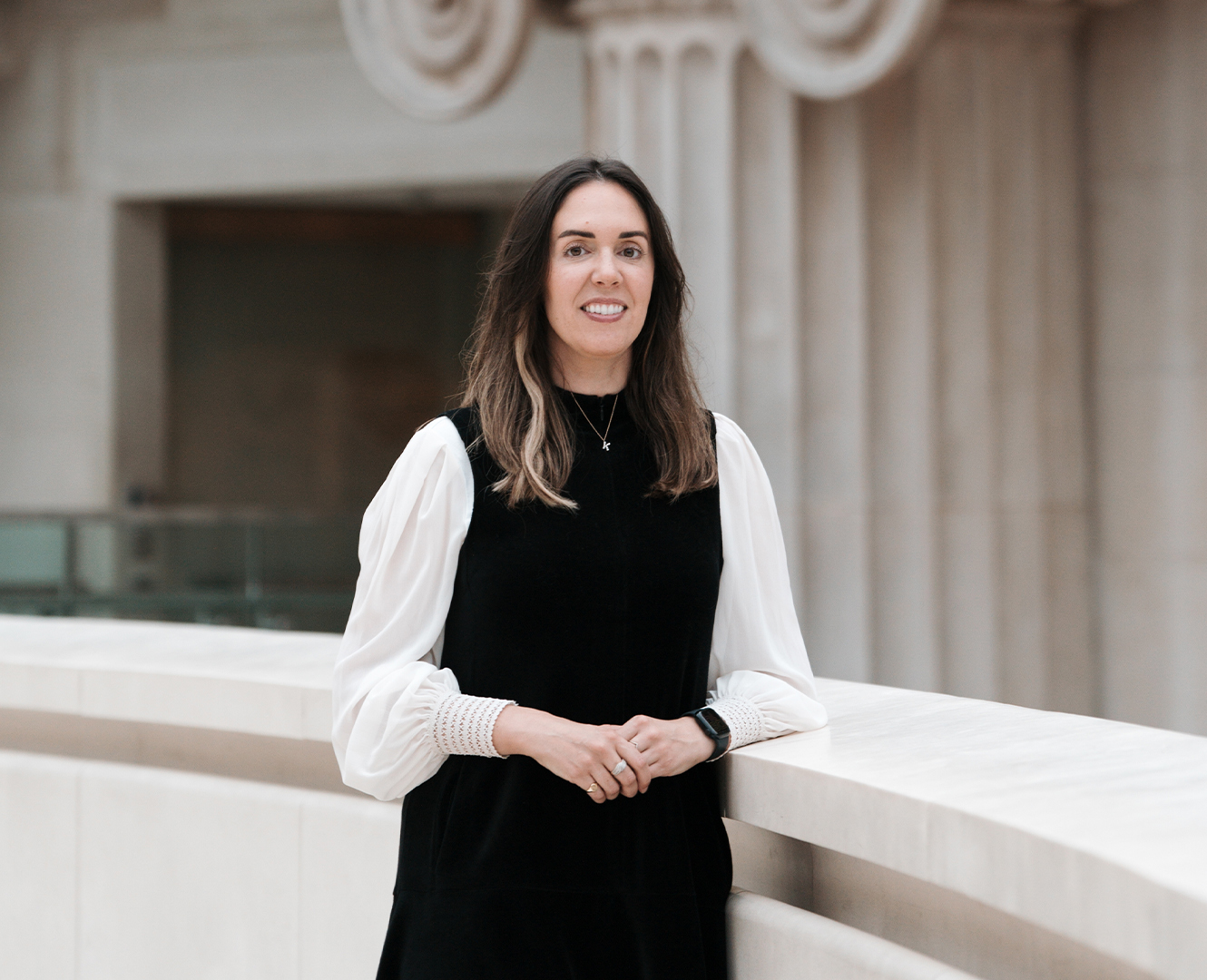
The British Museum's masterplan
Cary joined in December 2023, just as the museum announced the next phase of its 10-year masterplan – which she describes as “an ambitious, once-in-a-lifetime redevelopment opportunity”. The Estates and Capital Projects team will be overseeing the reported £1bn construction programme which includes the ‘Western Range’ redevelopment – redesigning 7,500m2 or around a third of the museum’s gallery space on its Bloomsbury site in London. Then there is the creation of a new Energy Centre to transition the museum’s estate to low carbon technologies, and a project to create a visitor welcome pavilion in the museum forecourt.
It was this programme of works that lured Cary into applying for the role and while it’s a huge part of her team's agenda, she also looks after the museum’s critical infrastructure projects. Together they add up to more than 40 live projects, managed within a ‘business as usual model’, meaning the museum must remain open to visitors.
It is hardly surprising then that Cary says there isn’t a ‘typical’ or average day at the museum. “Not one project is the same,” she says. “It could be re-roofing, gallery refurbishments or new facilities for the catering staff. But our whole portfolio must be carefully coordinated around 6m visitors a year. Construction projects usually generate dust and noise – things visitors don’t enjoy,” she explains.
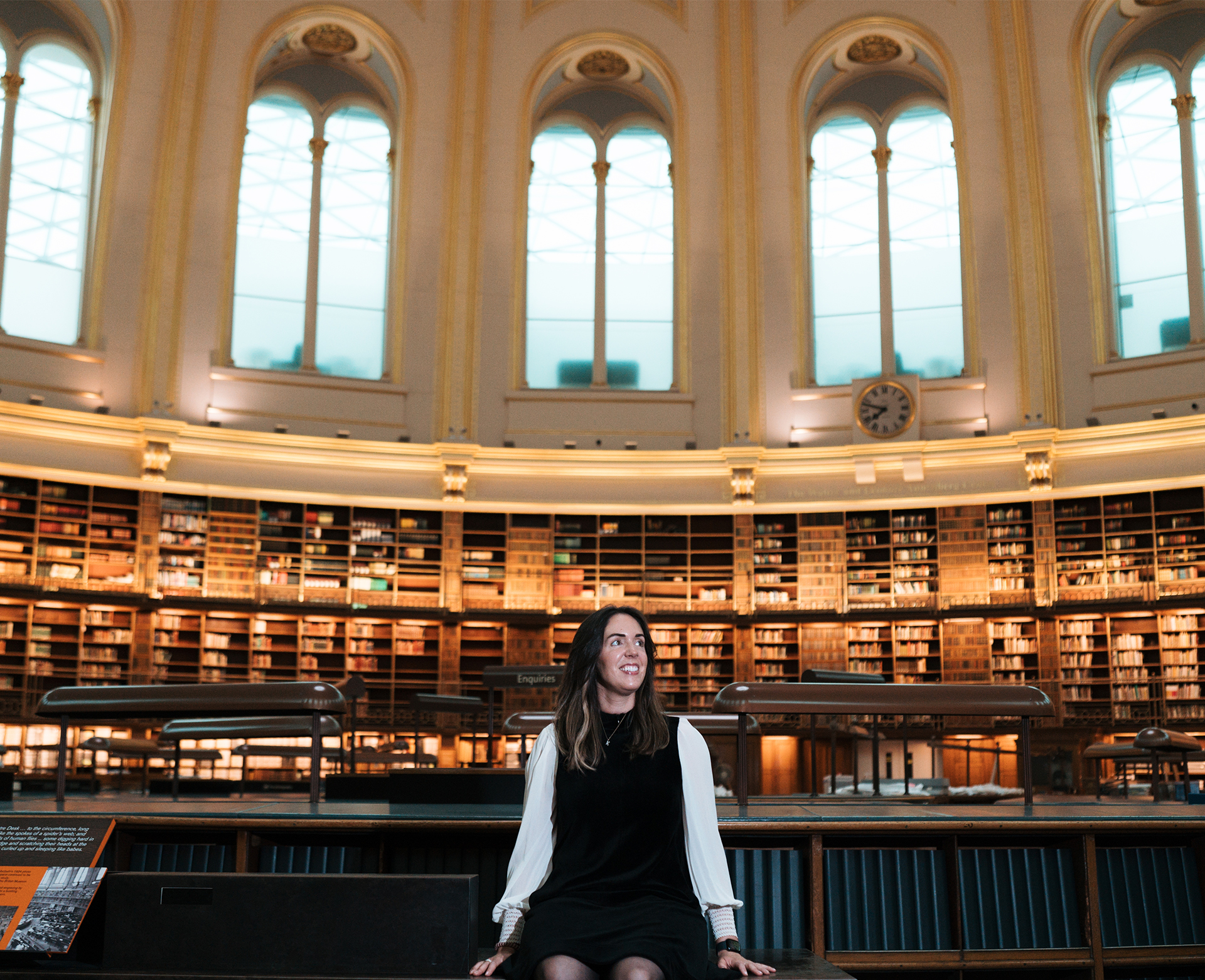
The Reading Room, newly re-opened to the public
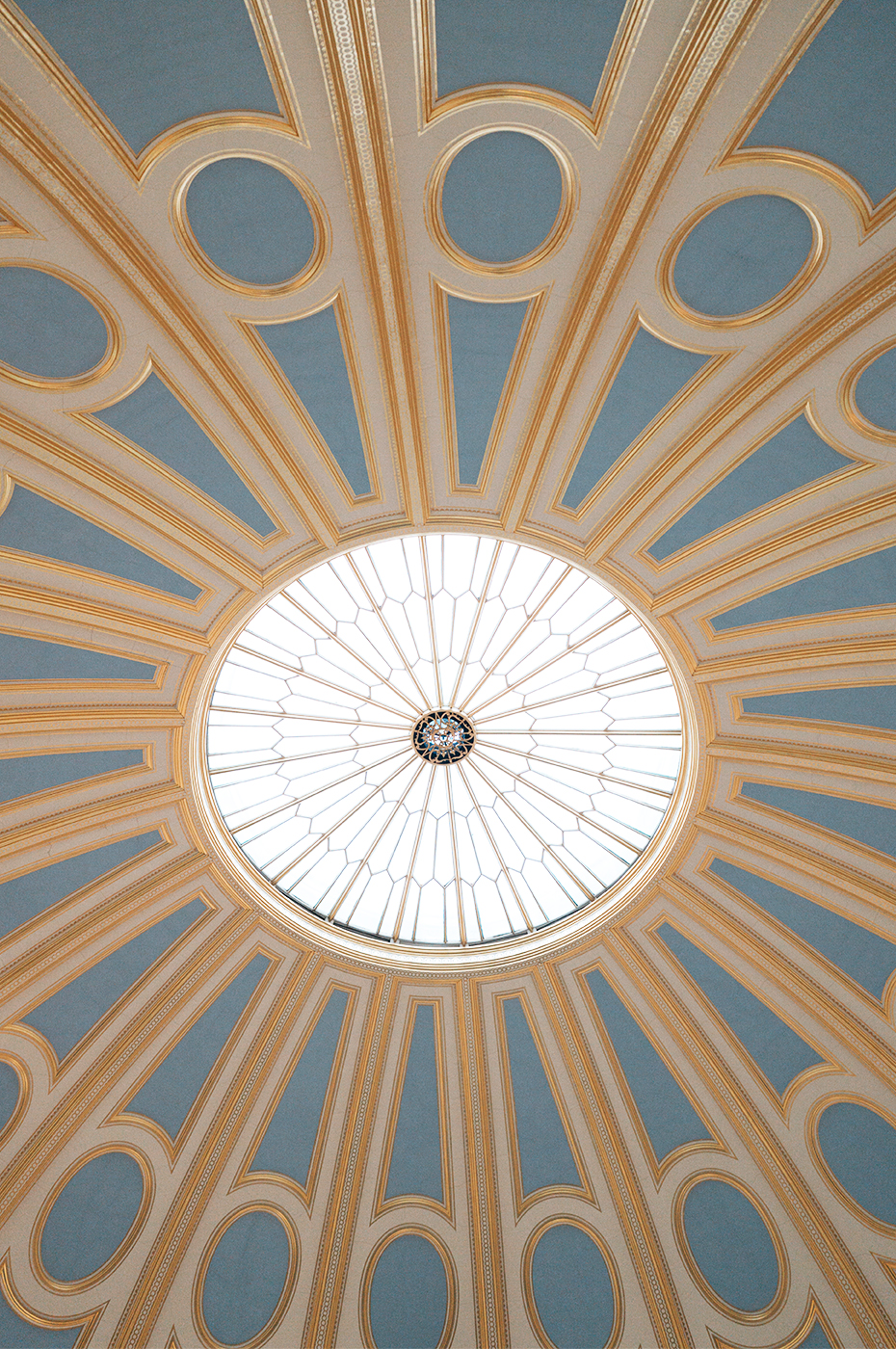
“There’s something so special about creating that next layer of history” Katharine Cary MRICS, British Museum
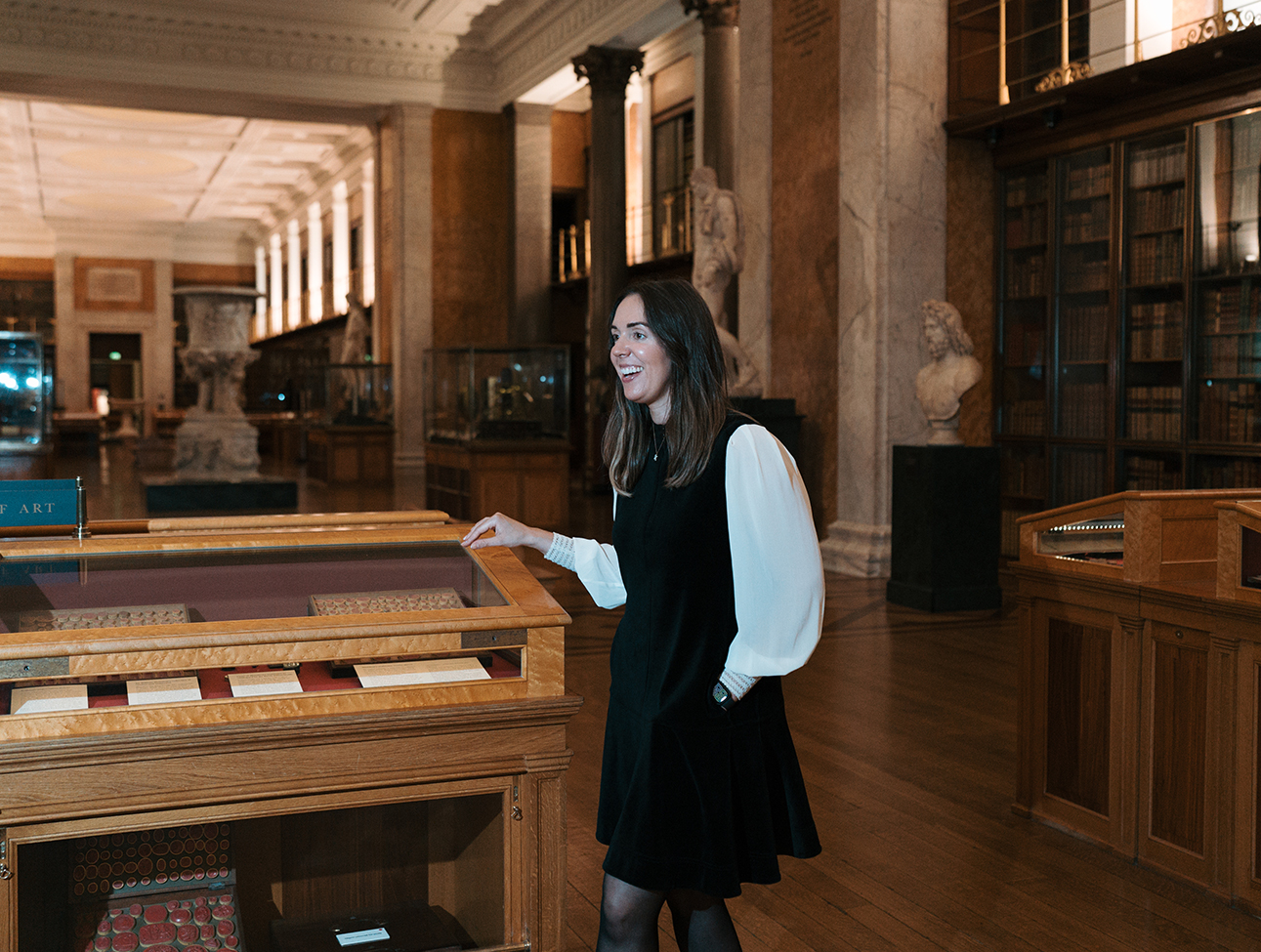
Enlightenment gallery
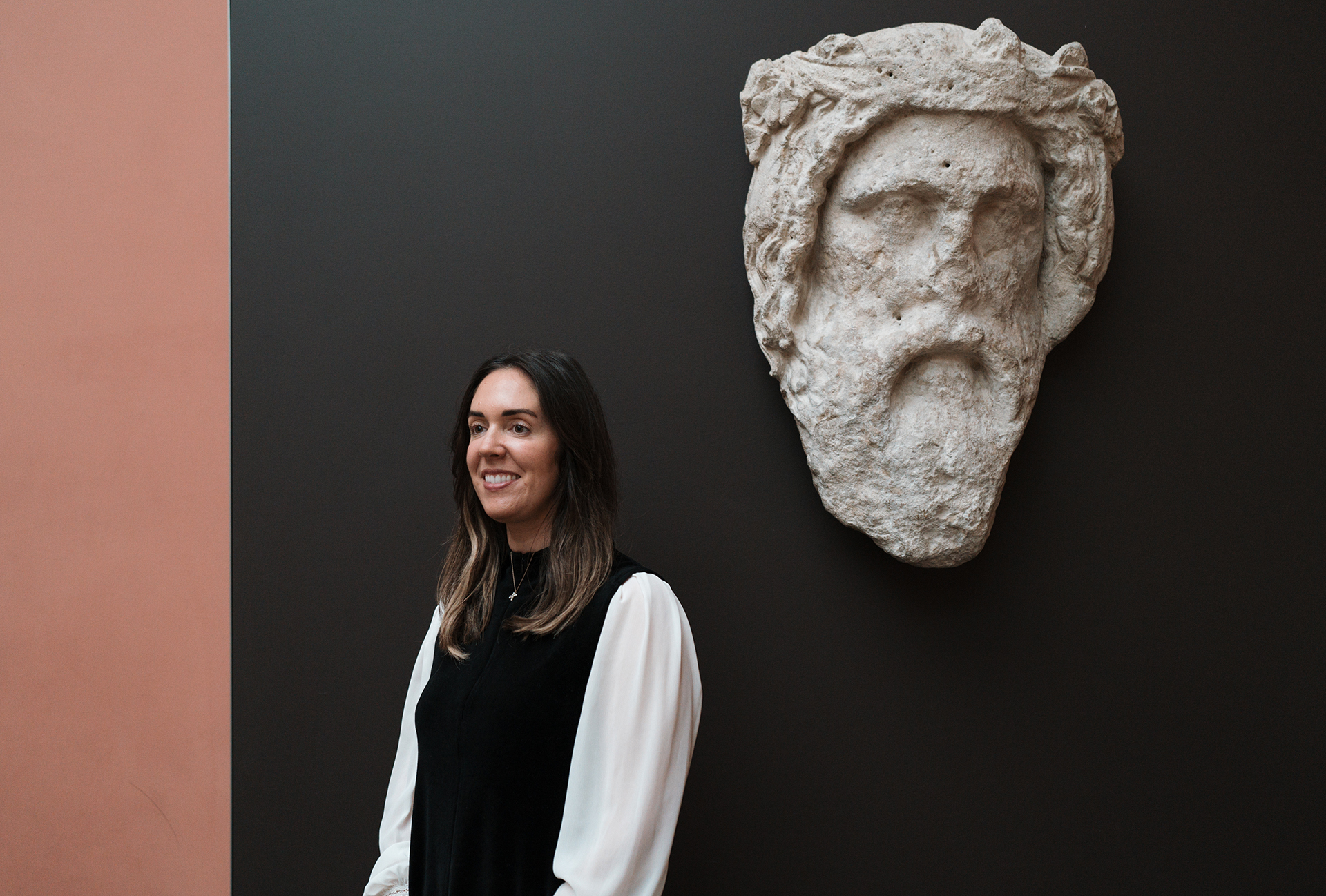
Cary must also be mindful of the museum’s collection – more than 8m objects spanning 2m years of history – that are “super sensitive to dust and vibration”. Staging all these streams of work without major disruption, she says, will take “careful, methodical planning”. And at the top of her list is safety. “It is going to be incredibly busy; we’re going to have a lot of contractors on site. So, we must maintain the right culture and manage risk early.”
Juggling complex logistics, managing the needs of multiple stakeholders, and the public scrutiny around much-loved historical buildings are all familiar terrain for Cary. Her career has taken her across the Royal Household, including Buckingham Palace, down to the historic royal estate such as Hampton Court Palace, to restoring British cultural icon Elizabeth Tower (which houses Big Ben), re-servicing the foreign secretary's country estate Chevening House and into St Paul’s Cathedral.
“It’s the same challenges that come up time and time again,” she says. But for her, the scale and complexity of the programmes at the British Museum are on a whole new level and she has a much larger incumbent team of around 20 to manage. She says the key to this role will be collaborating in a “true sense” on “a single point of focus” for the team, namely delivering the masterplan while keeping critical infrastructure projects on track. “I think the old-fashioned saying ‘every day is a school day’ is fitting,” she laughs. “It is going to be exciting though.”
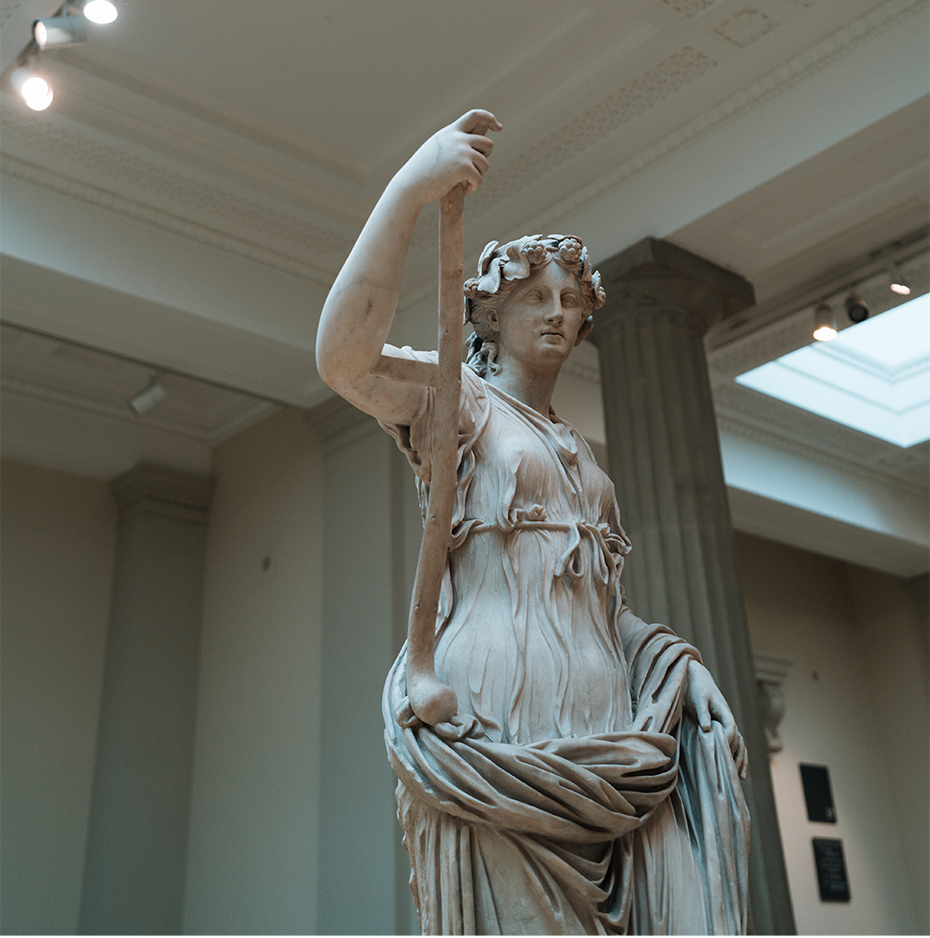
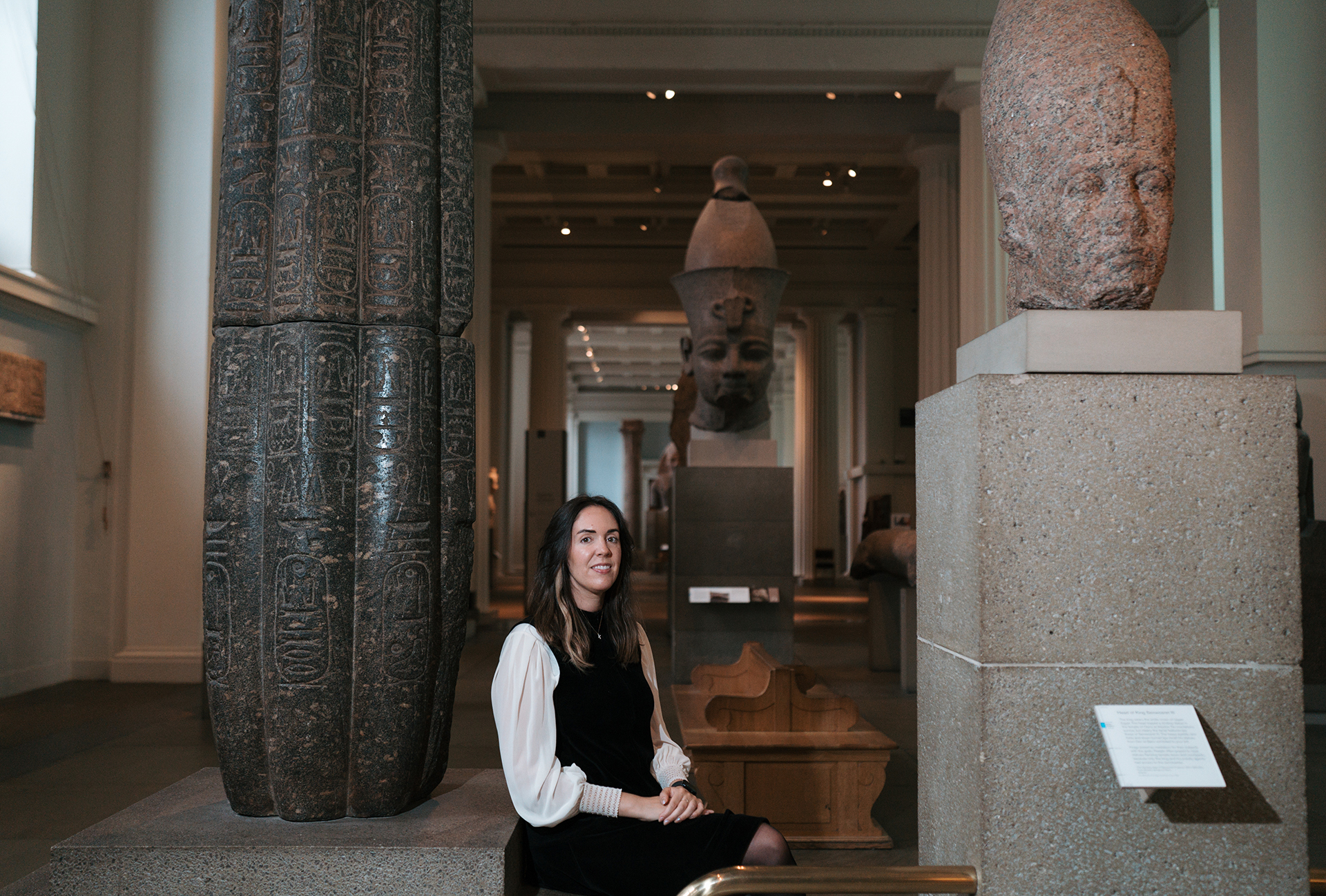
“I always love the idea of opening up construction sites for people to come and see what we’re up to” Katharine Cary MRICS, British Museum
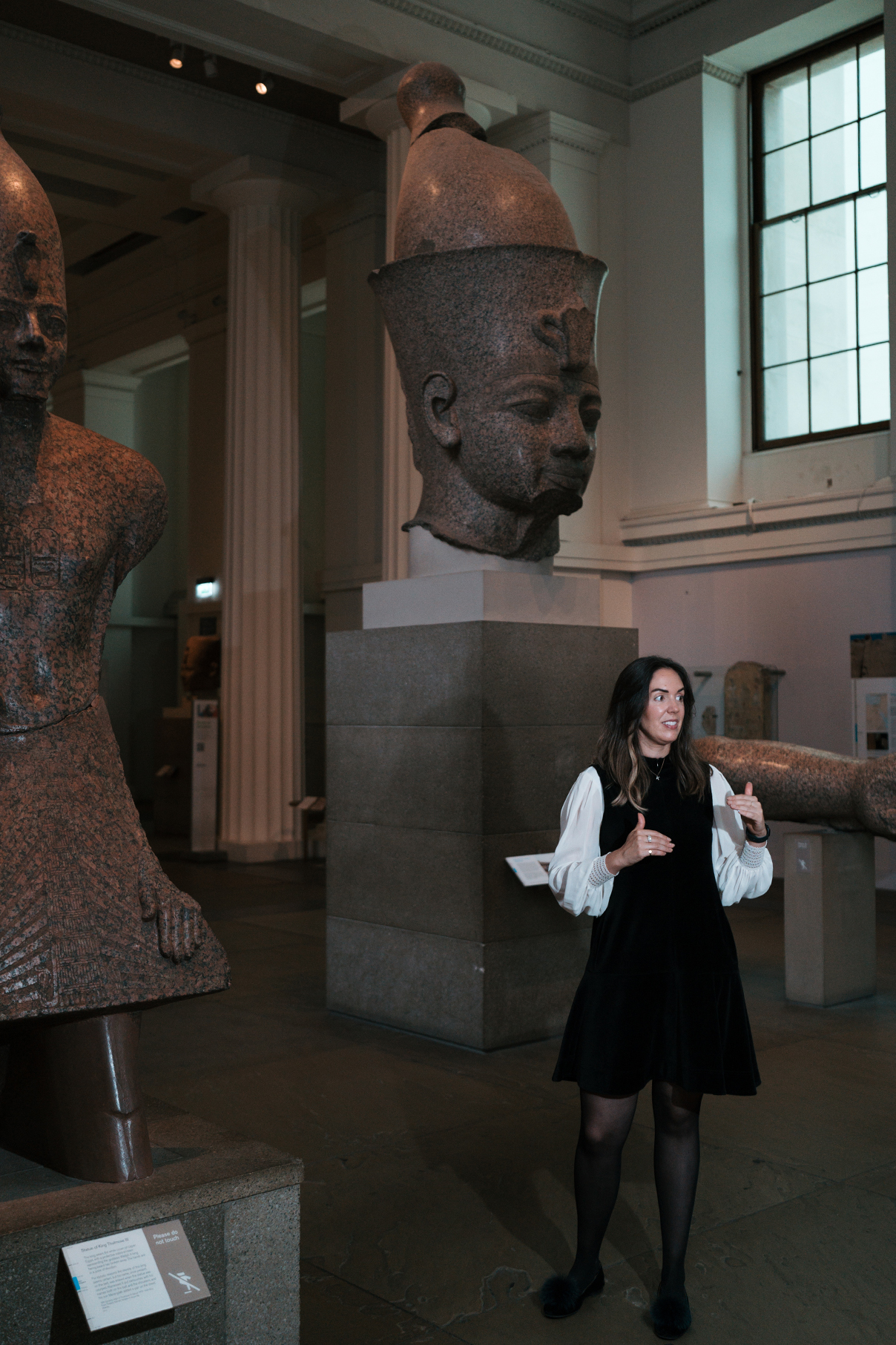
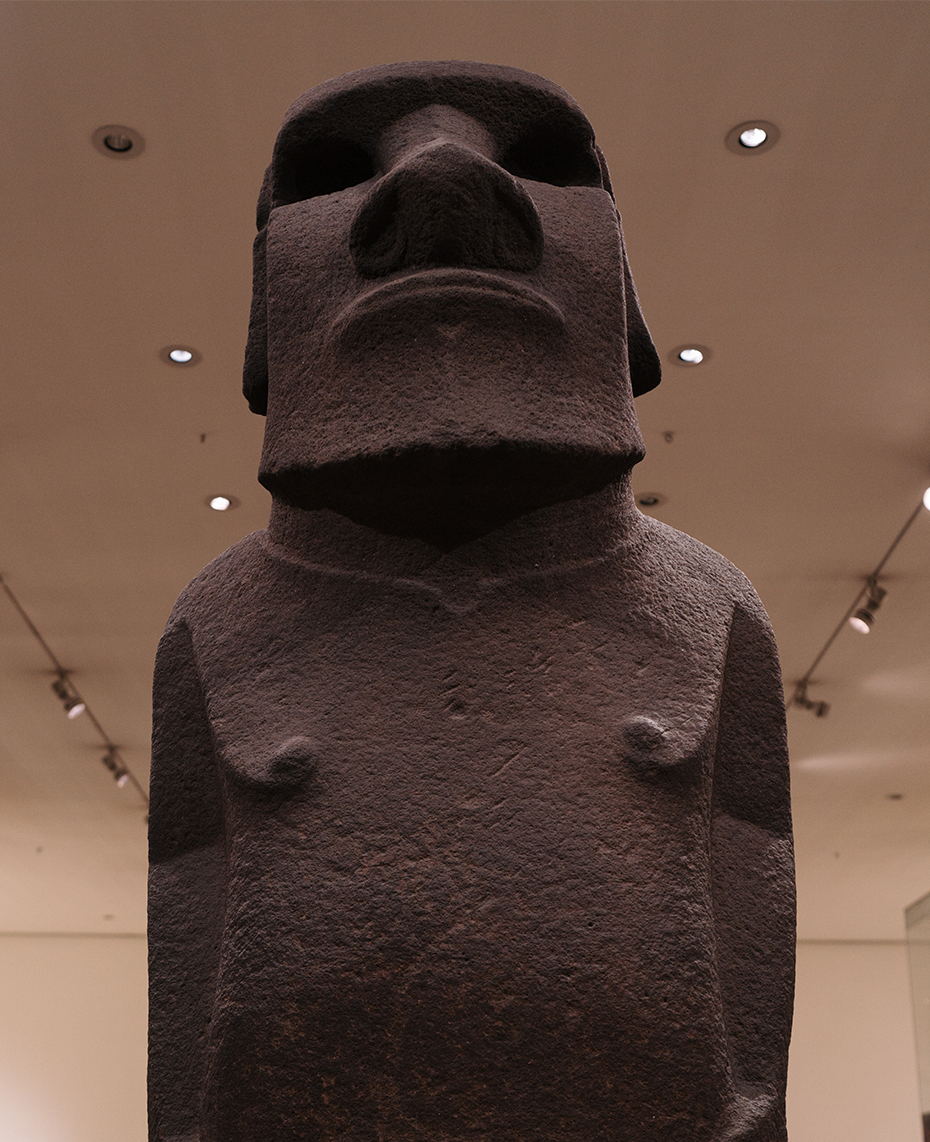
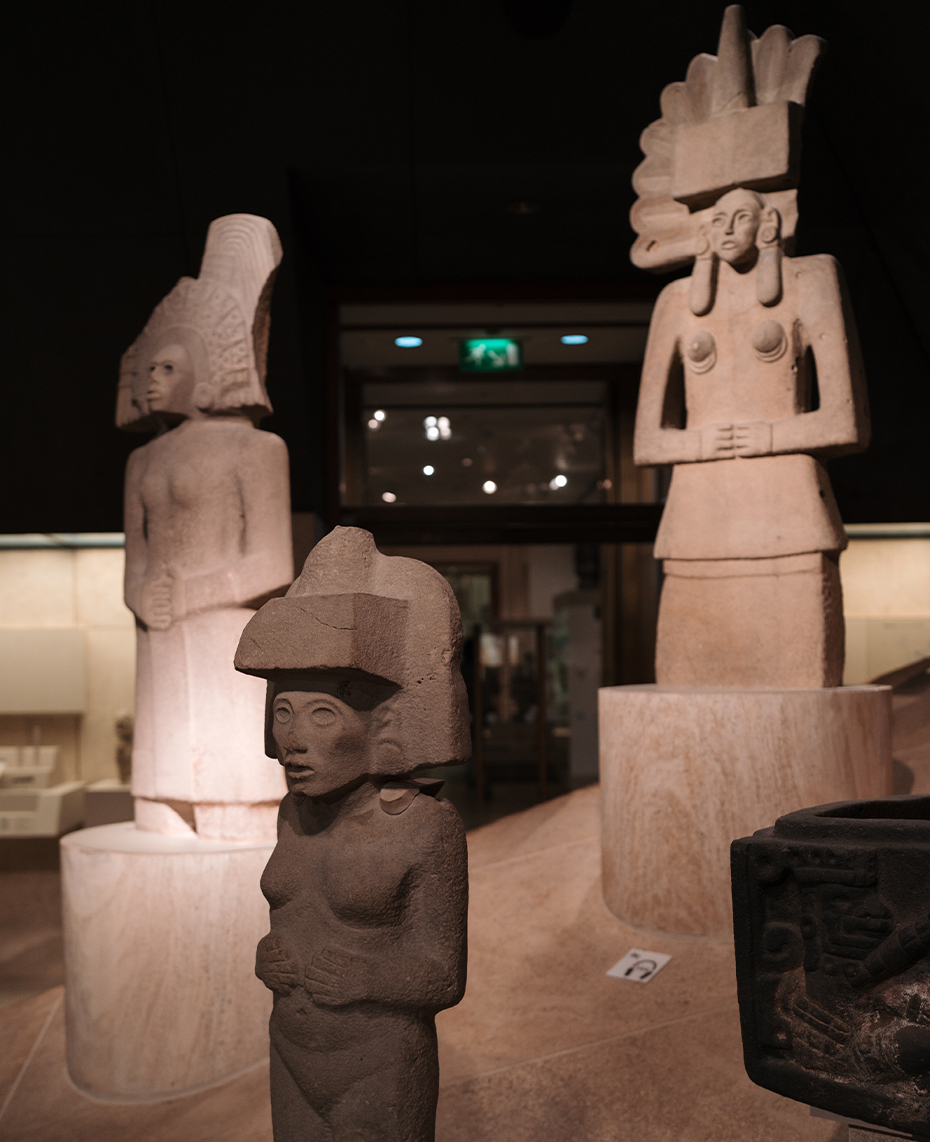
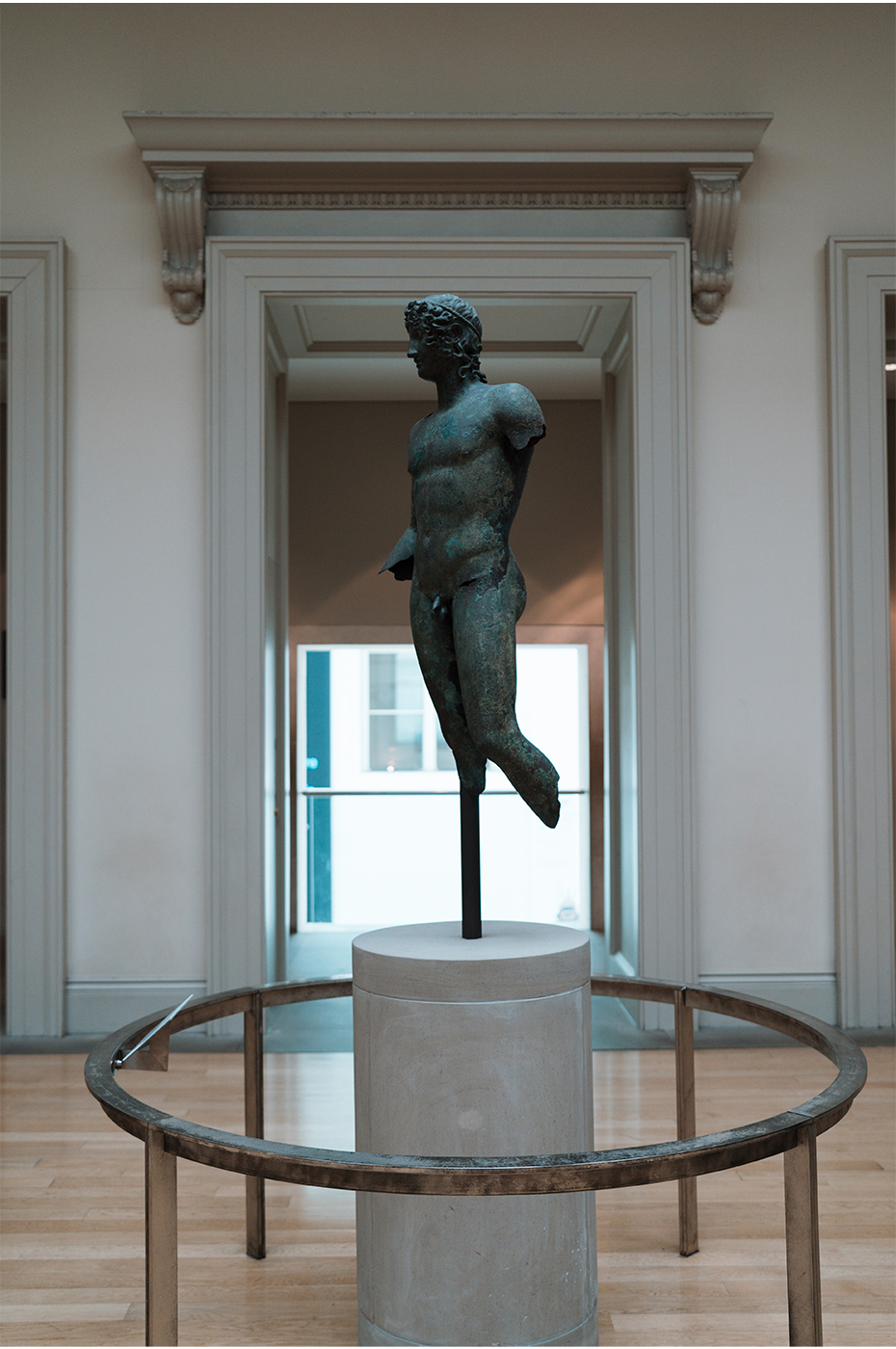
Sculptures from Ancient Egypt, the Aztec Empire and Europe
Collaborative leadership
Cary’s desire to collaborate is, she says, intrinsic to her leadership style and means she doesn’t feel the pressure of public scrutiny during high-profile projects. Rather, she says engagement is a vital part of any heritage development. “I always love the idea of opening up construction sites for people to come and see what we’re up to,” she says. “I think it’s great that people have a fascination with what we’re doing. We are building pieces of history. These are objects, layers of construction that will outlive us, so engaging people in the process is really important.”
She turns to the COVID-19 memorial and her brush with the grief-stricken mother and daughter as an example of this and says the project remains her “proudest to date”. The publicly funded memorial, the first modern intervention in the cathedral for 150 years, was designed by architect Oliver Caroe who had lost his own mother to COVID-19. Its development, while the cathedral remained open, was watched closely by the press, public and politicians. “It had such emotive significance” she recalls. “We had a tiny team, but everyone was incredibly invested in the mission.”
Preserving heritage buildings is the single theme that runs throughout her career. But this fascination started as a child growing up in Warwickshire, where she would “pester” her parents to take her to National Trust and English Heritage properties. By her late teens Cary was taking two buses to volunteer at National Trust estate Charlecote Park, where she later worked in its visitor services and ran its children’s summer school. She says that exploring all these different types of roles helped her decide the path she wanted to take – restoring historic buildings.
In 2010, she moved to London to study historic building conservation at Kingston University, which was followed by an MSc in building surveying to enable her to go for RICS accreditation. “That really gave me the technical knowledge on how to create new buildings but more importantly, how to manage our existing ones better,” she says. From there onwards, Cary knew what she wanted to do and where she wanted to be.
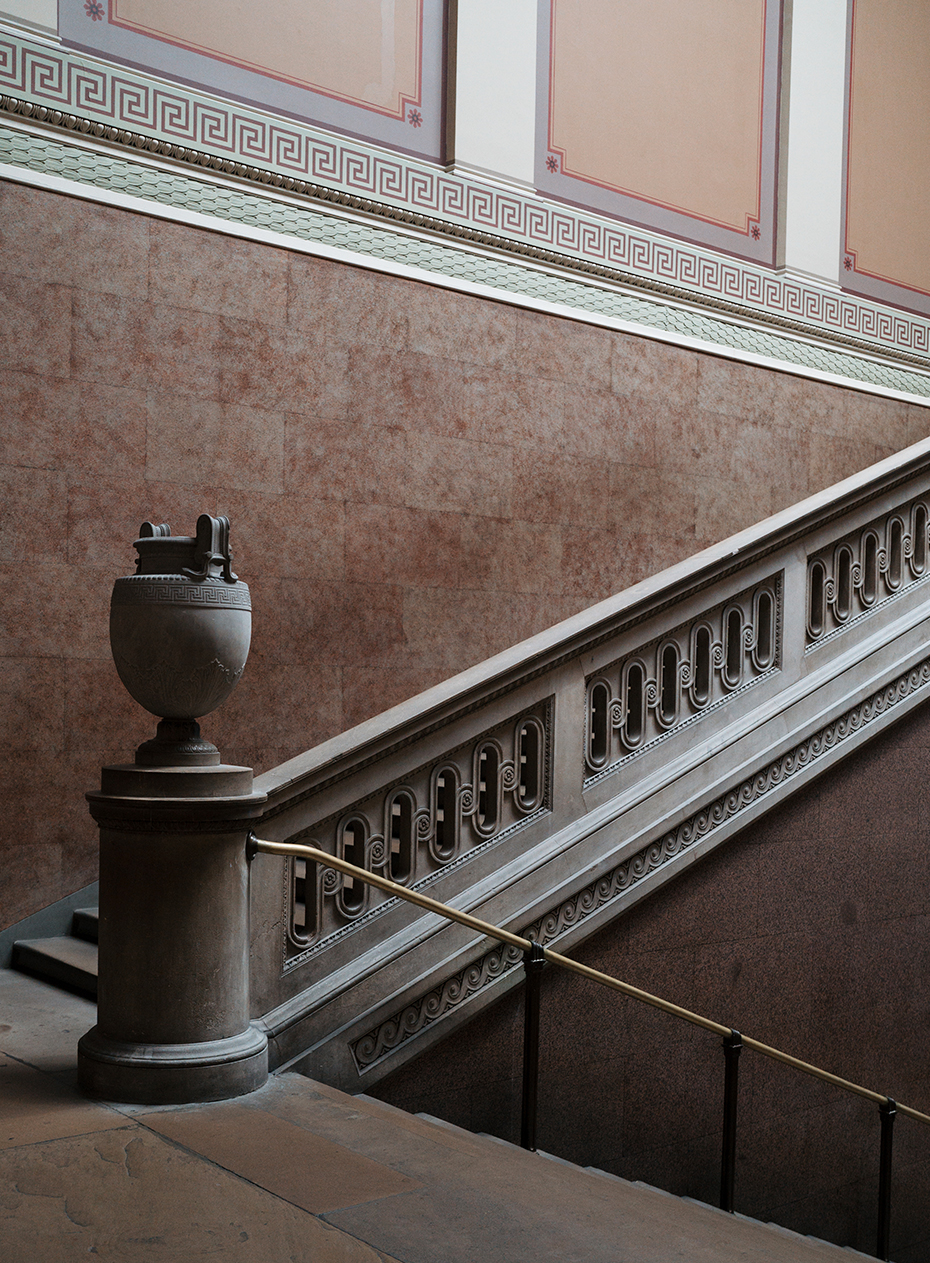
“What better career is there really?” Katharine Cary MRICS, British Museum
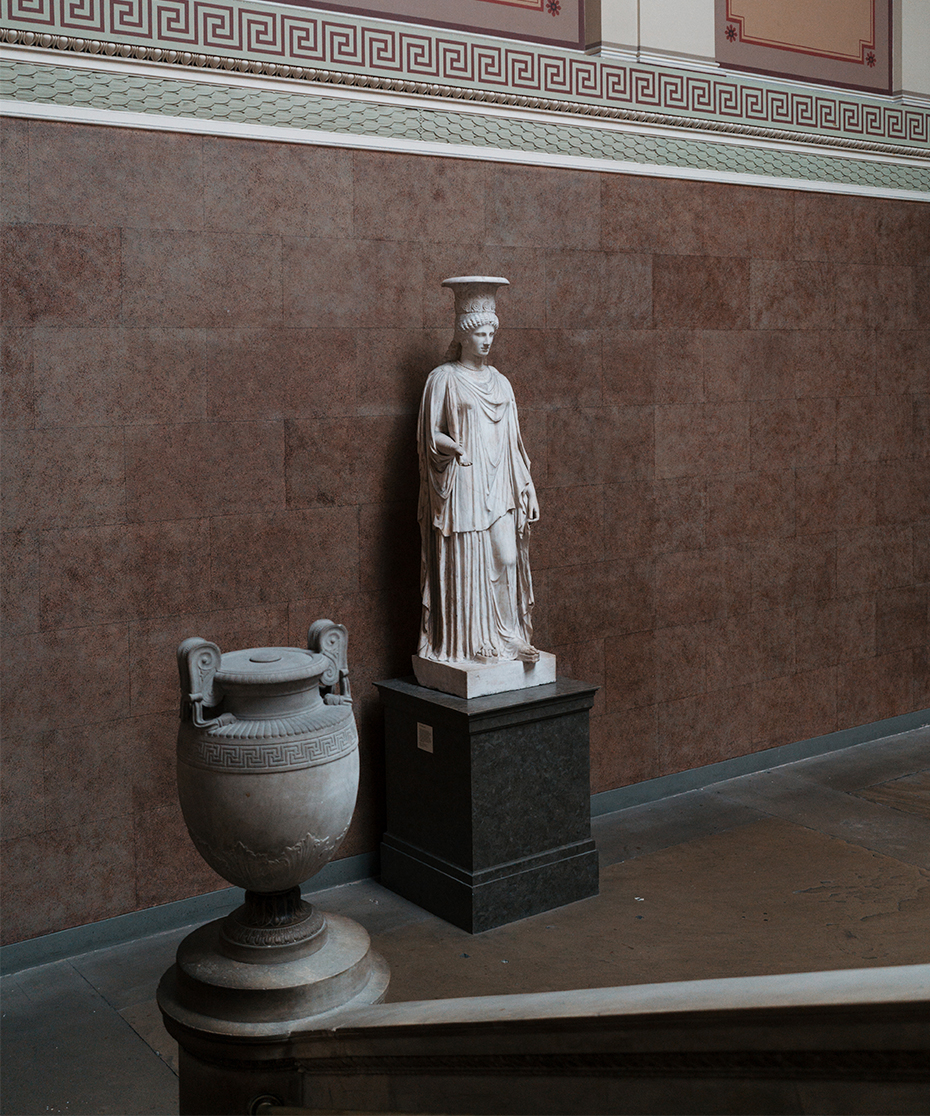
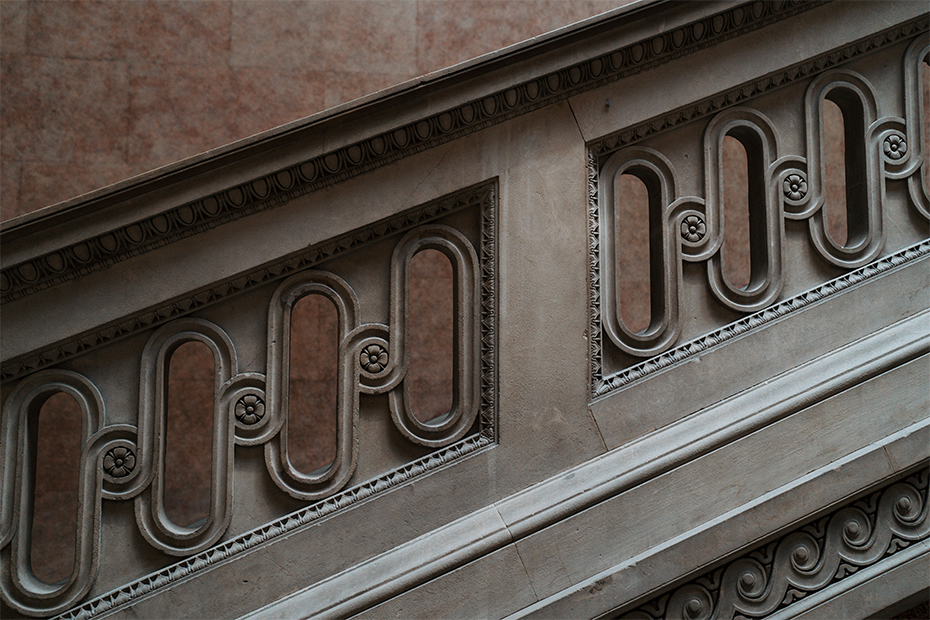
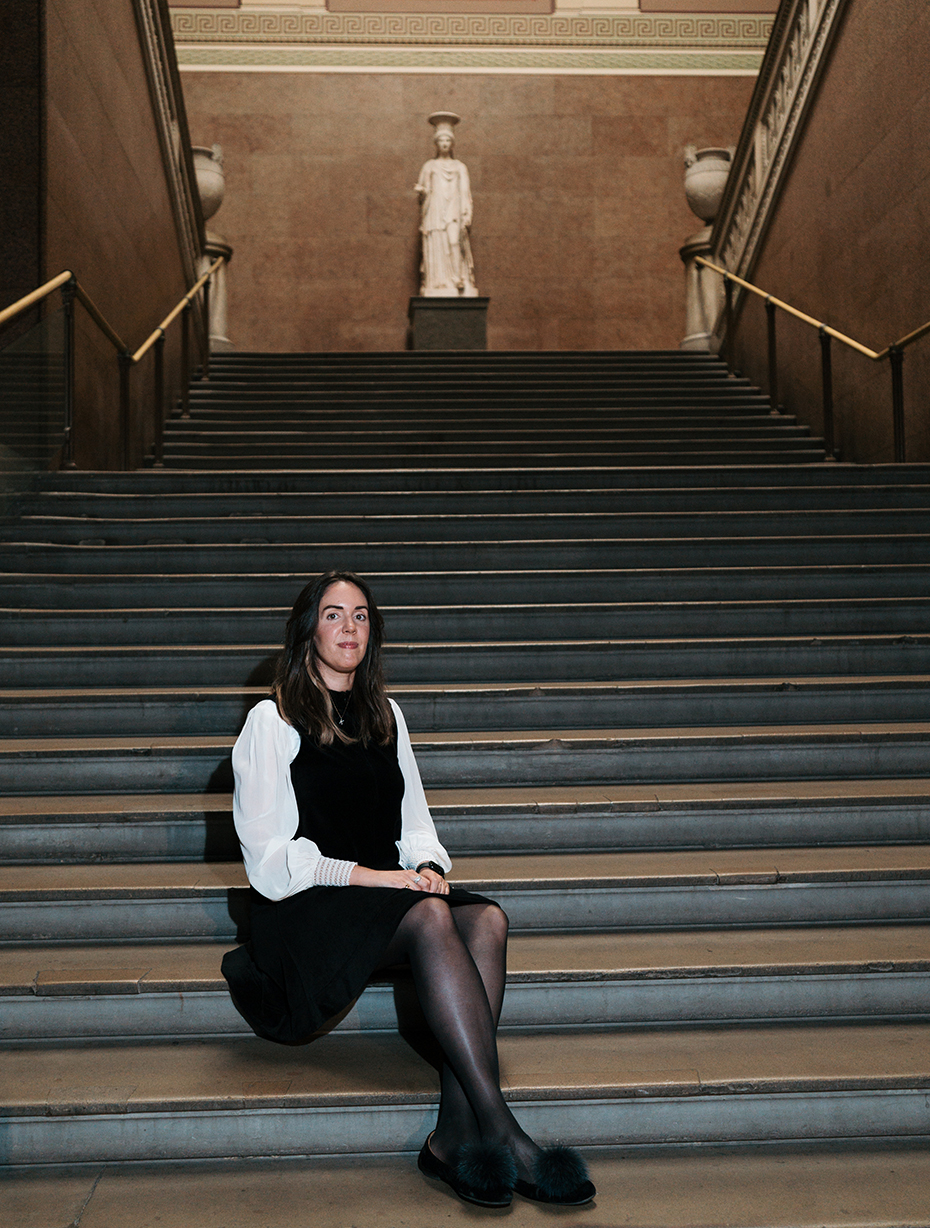
She joined Historic Royal Palaces in 2013, as an assistant building surveyor, working between Hampton Court and Kensington palaces. Two years later she joined commercial firm Faithful & Gould to complete her APC. In 2017, she joined the Royal Household, this time as a project manager working across Buckingham Palace and St James’ Palace.
But by 2019 she decided to take a different career tilt, joining contractor Sir Robert McAlpine. “By then I wanted to go and build the project. For me it was a step forward and I could spend time learning how to build.”
Her first role was as a section engineer on the restoration of Elizabeth Tower and Big Ben at the Houses of Parliament, the most complex restoration and modernisation in its history. She describes this along with the COVID-19 memorial and her current role at the British Museum as projects that, once complete, will stand the test of time for another few generations. It’s the impact of these projects, she says, that keeps drawing her in. “There’s something so special about creating that next layer of history that you know so many people are going to get enjoyment from. I have that real fascination with our built environment, and I can really see how it can positively impact on people’s lives.”
Cary concedes that construction and property projects can be “incredibly stressful” at times. And she’s recently moved out of London into the countryside to indulge her love of horse riding and to walk her cocker spaniel puppy. “I love being in the peace and quiet of the countryside and be able to step away from London life,” she says.
Her country life and new job seem to herald a new era for Cary. She says she’s now at the point in her career where she can enjoy the moment. “I think there is so much to be involved in. It’s certainly going to keep me busy for the next few years. I hope to stay here and really make a positive impact.”
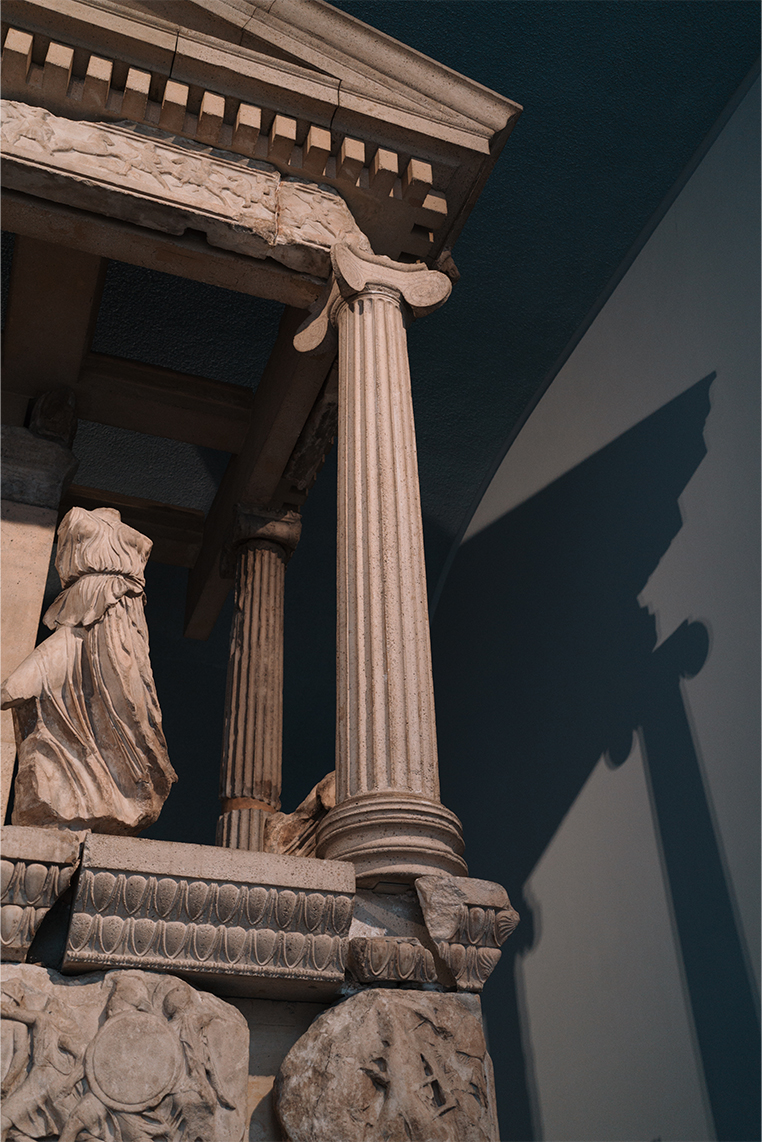
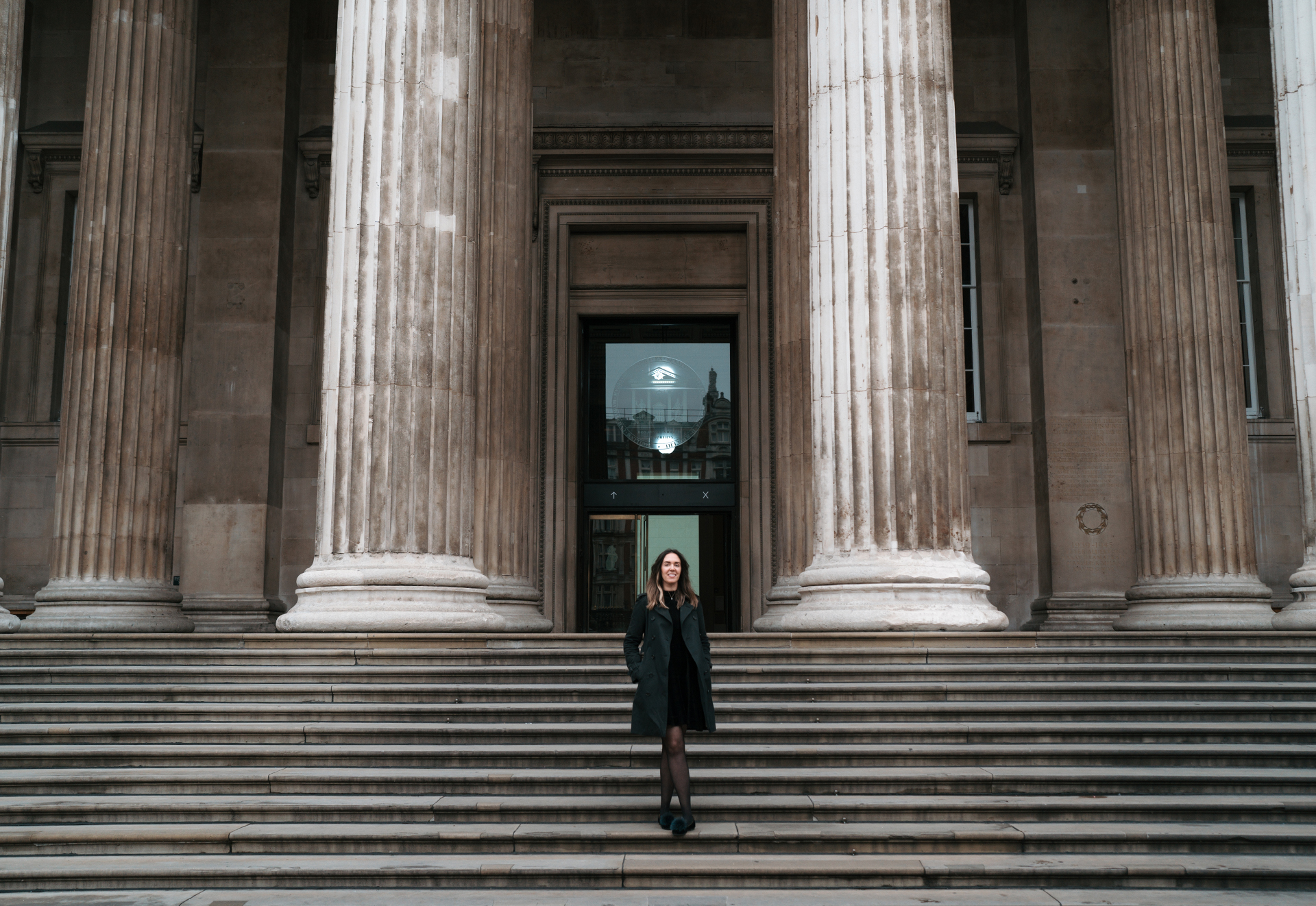
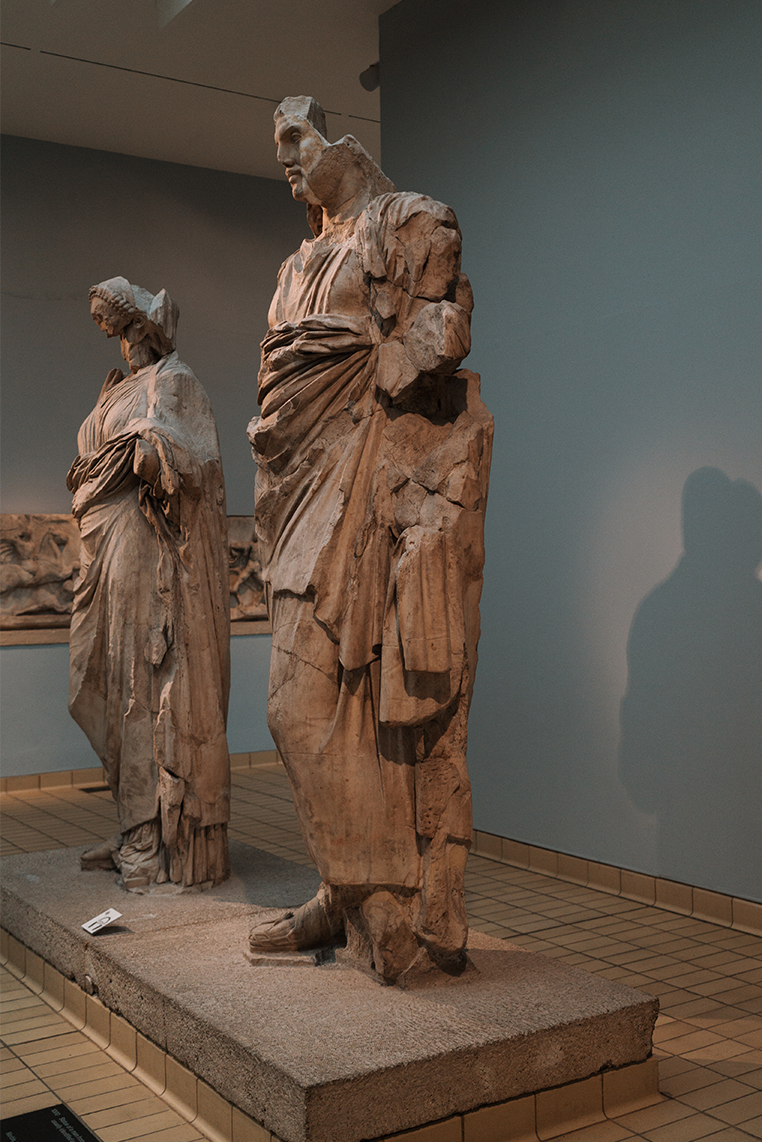
Mentoring the next generation
“I am setting up an RICS mentoring programme at The British Museum. It will provide aspiring professionals with the knowledge, skills, and support they need to develop their careers and reach their full potential.
“The programme will offer a structured training programme, which offers monthly CPD (continuing professional development) workshops on key industry competencies.
“My goal is to create an environment where we can foster talent, encourage personal growth, and ensure that we continue to bring out the best in our people. I’m excited about the positive impact it will have on the museum and the wider industry.”
